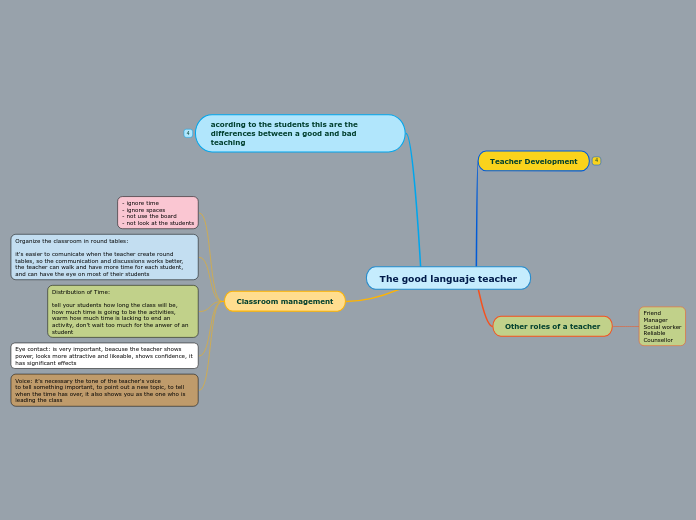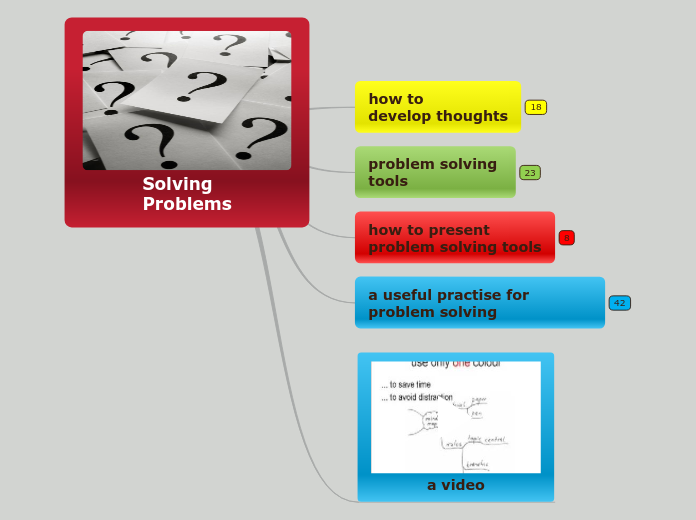realizată de bryan macea 4 ani în urmă
164
The good languaje teacher
The effectiveness of language teachers is often judged by their ability to engage and support students. Good teachers are characterized by their use of interactive and fun teaching methods, such as group work and games, and their ability to create a positive and humorous classroom atmosphere.









